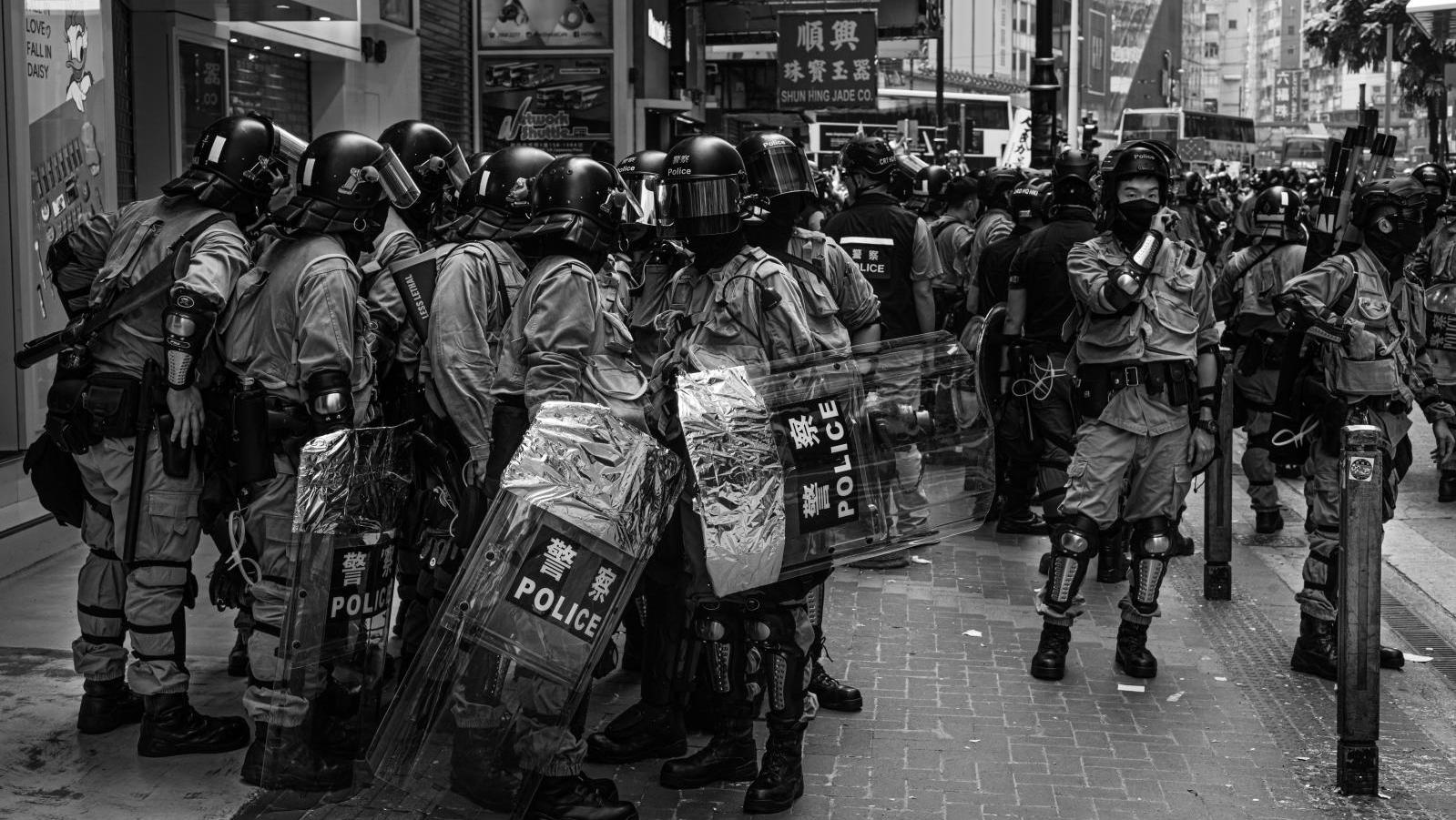Hong Kong has consolidated its presence as the Asian capital of the art market, but for how long?
It is 6 October and the hammer has just fallen on Yoshitomo Nara’s Knife Behind Back, for HK$195.7 million (US$24.9 million): a new auction record for the artist. The Sotheby’s staff are delighted with the impressive result. Nara’s doe-eyed girls had never reached even the US$5 million mark before. It would be just another regular auction evening in Hong Kong if the Sotheby’s salesroom in Queensway weren't a short 10-minute drive from the Mong Kok Station, where a massive riot is taking place, leaving smashed windows and an elevator on fire in its wake. How could the art market be so unaffected by the political unrest going on in a city on the brink of a civil war, between liberal Western values and the Chinese Communist Party?
A Scar on Chinese Pride To truly understand the eruption of present-day tensions, we need to go far back in time to 1839 and the first Opium War between the British Empire and China (the British took the Chinese to war for the right to export opium to the country). The highly addictive drug was having severe consequences on the population, and maybe more importantly, generating a trade imbalance between the two countries. Militarily inferior, the Chinese were forced to sign the 1842 Treaty of Nanking, one clause of which ceded the island of Hong Kong to the British, starting what Chinese historians call “The Century of Humiliation”. The occupation…
com.dsi.gazette.Article : 11193
This article is for subscribers only
You still have 85% left to read.
